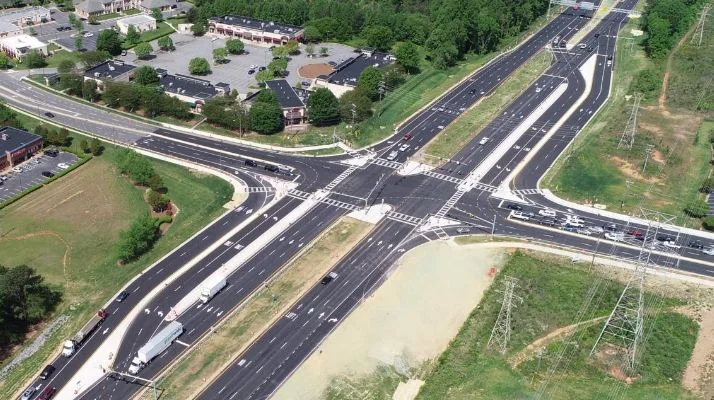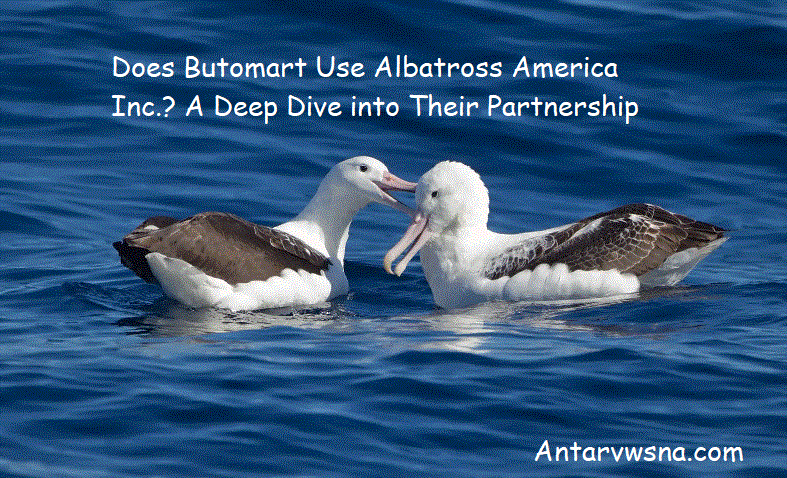Introduction
The Virginia News Continuous Flow Intersection 2014 Hummer represents a significant innovation in traffic management, showcasing how engineering advancements can enhance roadway safety and efficiency. As urban areas continue to expand and traffic congestion becomes a pressing issue, innovative solutions such as Continuous Flow Intersections (CFIs) emerge as viable alternatives to traditional intersection designs. In this blog, we will explore the concept of the Continuous Flow Intersection, delve into the implications of integrating a vehicle like the 2014 Hummer into such systems, and discuss the broader impacts on Virginia’s transportation infrastructure.
Understanding Continuous Flow Intersections
What is a Continuous Flow Intersection?
A Continuous Flow Intersection is a revolutionary design that alters the traditional flow of traffic. Unlike standard intersections where vehicles must stop at red lights, CFIs allow vehicles to continue moving through the intersection without having to stop. This is achieved through a series of design modifications that facilitate a smoother flow of traffic, reducing delays and improving safety.
Key features of CFIs include:
- Dedicated Turn Lanes: CFIs provide dedicated lanes for left turns, allowing vehicles to turn without interfering with through traffic.
- Signalization Adjustments: Traffic signals are designed to prioritize the flow of vehicles, reducing waiting times.
- Elimination of Traditional Left Turns: By redirecting left turns to a dedicated lane before the intersection, CFIs reduce potential conflict points between vehicles.
The Benefits of Continuous Flow Intersections
- Improved Traffic Flow: One of the primary benefits of CFIs is their ability to enhance traffic flow. With reduced stopping times, vehicles can travel through intersections more efficiently, alleviating congestion during peak hours.
- Enhanced Safety: CFIs are designed to minimize potential collision points, particularly for left-turning vehicles. This reduction in conflict points can lead to a decrease in accidents, making CFIs a safer alternative.
- Environmental Impact: By reducing idling times at intersections, CFIs contribute to lower vehicle emissions. This eco-friendly approach is essential as cities strive to meet environmental goals.
- Cost-Effectiveness: Although the initial construction costs may be higher, the long-term benefits of reduced accidents and improved traffic flow can offset these expenses, making CFIs a financially sound investment.
The 2014 Hummer: A Unique Perspective
Overview of the 2014 Hummer
The 2014 Hummer represents an iconic vehicle known for its robust design and off-road capabilities. While Hummers have been often associated with rugged terrain and adventure, they also have their place in urban environments. As the integration of vehicles like the Hummer into Continuous Flow Intersections becomes relevant, it’s essential to analyze their impact.
Features of the 2014 Hummer
- Powerful Performance: The 2014 Hummer is equipped with a V8 engine, providing ample power for various driving conditions. This strength can be advantageous when navigating through complex intersections like CFIs.
- Spacious Interior: With a roomy cabin, the Hummer offers comfortable seating for passengers, making it a popular choice for families and outdoor enthusiasts.
- Safety Features: Modern Hummer models are equipped with advanced safety features such as stability control and multiple airbags, ensuring a secure driving experience.
The Role of the 2014 Hummer in CFIs
As we integrate vehicles like the 2014 Hummer into the design and operation of Continuous Flow Intersections, several factors come into play:
- Vehicle Size: The larger footprint of the Hummer requires careful consideration in intersection design to accommodate its turning radius and overall dimensions.
- Driving Behavior: The Hummer’s powerful engine may influence driver behavior, particularly in terms of aggression and speed, making it vital for CFI designs to promote safe driving practices.
- Environmental Considerations: Given the Hummer’s size and fuel consumption, integrating it into an eco-friendly CFI design necessitates thoughtful planning to mitigate its environmental impact.
Case Studies: Virginia News and CFIs
Successful Implementations in Virginia
Virginia has been at the forefront of implementing Continuous Flow Intersections to address traffic congestion and enhance road safety. Notable examples include:
- The I-295 and Route 10 Intersection: This project showcased the benefits of a CFI, resulting in reduced travel times and fewer accidents.
- The Broad Street and Parham Road CFI: By incorporating a Continuous Flow Intersection, this area has seen significant improvements in traffic flow and safety.
Community Feedback and Adaptation
Community feedback plays a crucial role in the successful implementation of CFIs. Residents and commuters in Virginia have expressed their thoughts on these intersections:
- Positive Reactions: Many drivers appreciate the reduced wait times and improved traffic flow, leading to a more enjoyable driving experience.
- Concerns About Adaptation: Some drivers may initially struggle with the new traffic patterns, necessitating public education campaigns to ease the transition.
The Future of CFIs and the Hummer
As Virginia continues to explore innovative solutions to its transportation challenges, the future of Continuous Flow Intersections appears promising. The integration of vehicles like the 2014 Hummer into these systems raises important questions:
- Design Adaptations: Future CFIs may need to account for larger vehicles, ensuring that designs remain safe and efficient for all drivers.
- Technology Integration: Advancements in traffic management technology, such as smart traffic signals and real-time monitoring, can further enhance the efficiency of CFIs.
- Community Involvement: Engaging the community in discussions about future projects will be vital to ensure public support and acceptance of new traffic patterns.
Impact on Traffic Congestion
Continuous Flow Intersections (CFIs) significantly alleviate traffic congestion, particularly during peak hours. By redesigning traffic flow and introducing dedicated turn lanes, CFIs enable vehicles to navigate intersections more efficiently. For instance, at a traditional intersection, left-turning vehicles often create bottlenecks, causing delays for through traffic. In contrast, CFIs allow these vehicles to move more freely without disrupting the overall flow. This enhancement is crucial in urban areas like Virginia, where traffic volumes can be exceptionally high. With vehicles such as the 2014 Hummer navigating these intersections, CFIs can facilitate smoother transitions, ultimately leading to shorter commute times and improved road safety.
Integration of Smart Technology
The future of Continuous Flow Intersections is poised to embrace smart technology, further enhancing their effectiveness. Innovations such as adaptive traffic signals can dynamically adjust signal timings based on real-time traffic conditions, optimizing the flow of vehicles. For instance, as the 2014 Hummer approaches a CFI, sensors can detect its presence and prioritize its movement, reducing waiting times. Additionally, integrating smart technology can enhance safety features, such as automatic alerts for pedestrians and cyclists in the vicinity. As Virginia continues to develop CFIs, incorporating smart technology will be essential for creating a responsive traffic management system that benefits all road users.
Community Education and Engagement
Effective community education and engagement are vital for the successful implementation of Continuous Flow Intersections in Virginia. Many drivers may initially be unfamiliar with how CFIs operate, leading to potential confusion and safety concerns. To address this, local authorities can initiate educational campaigns that explain the advantages of CFIs and provide guidance on navigating these intersections. This can include workshops, online resources, and informational signage at CFIs themselves. By promoting understanding and awareness, communities can foster a culture of safe driving behaviors. Such initiatives will help ensure that drivers, including those behind the wheel of larger vehicles like the 2014 Hummer, can confidently navigate CFIs.
Long-Term Economic Benefits
Investing in Continuous Flow Intersections offers long-term economic benefits for Virginia’s transportation infrastructure. By improving traffic flow and reducing congestion, CFIs can enhance productivity by decreasing travel times for commuters and freight vehicles alike. This efficiency can lead to lower operational costs for businesses that rely on transportation, ultimately boosting the local economy. Moreover, safer intersections can reduce accident rates, leading to decreased medical and insurance costs. As Virginia continues to prioritize transportation improvements, CFIs represent a strategic investment that can yield significant economic returns while promoting a safer and more efficient road network for all users, including the 2014 Hummer.
Conclusion
The Virginia News Continuous Flow Intersection 2014 Hummer highlights the ongoing evolution of transportation solutions in the state. As CFIs continue to reshape the way we navigate intersections, vehicles like the Hummer must be considered in future designs. By prioritizing safety, efficiency, and environmental impact, Virginia can pave the way for a more sustainable transportation future. Through careful planning and community involvement, the state can ensure that innovations in traffic management benefit all road users.
FAQs
1. What is a Continuous Flow Intersection (CFI)?
A Continuous Flow Intersection (CFI) is a traffic design that allows vehicles to make left turns while continuing through the intersection, reducing delays and improving safety by minimizing conflict points between vehicles.
2. How does the 2014 Hummer fit into the concept of CFIs?
The 2014 Hummer, known for its larger size and powerful engine, can influence traffic dynamics at CFIs. Designing these intersections with larger vehicles in mind is essential to ensure smooth traffic flow and safety for all users.
3. What are the benefits of implementing CFIs in Virginia?
The implementation of CFIs in Virginia has led to improved traffic flow, enhanced safety by reducing potential collision points, lower vehicle emissions due to decreased idling, and overall cost-effectiveness in the long run.
4. Are there any notable examples of CFIs in Virginia?
Yes, some successful CFIs in Virginia include the I-295 and Route 10 intersection and the Broad Street and Parham Road CFI, both of which have shown significant improvements in traffic conditions and safety.
5. How can the community get involved in future CFI projects?
Community involvement is crucial for the success of CFI projects. Residents can participate in public discussions, provide feedback during planning phases, and engage in education campaigns about how to navigate CFIs effectively.







